CBC Bonus Trip: Whooping Cranes & More On the Central Texas Coast March 20–28, 2010
The complex bay, barrier island, and marsh ecosystems of the Central Texas Coast teem with water-associated birds of a wide variety. This region harbors major populations of Reddish Egret and other members of the heron family, ibis, Roseate Spoonbill, American Oystercatcher, and numerous terns. The coastal bays, mudflats, and nearby fields attract most of the North American shorebirds, while the vast marshes shelter specialties like Least Bittern, Clapper Rail, and Seaside Sparrow. Raptors are a frequent sight on the coastal prairie, including the beautiful White-tailed Hawk in its major U.S. breeding area, plus White-tailed Kite, and Crested Caracara. Woodland birds of the eastern forests reach their southern limit in this region, while a few of the South Texas birds extend their ranges northeastward to the isolated patches of brush here.
We can expect to see the magnificent Whooping Crane on its wintering grounds at the Aransas National Wildlife Refuge. We will tour the refuge on land and again by boat as we cruise on the “Skimmer” out of Fulton, TX. Other Texas specialties include—Least Grebe, Neotropic Cormorant, White-faced Ibis, Black-bellied Whistling Duck, Mottled Duck, Cinnamon Teal, King Rail, Purple Gallinule, Sandhill Crane, Snowy Plover, Upland Sandpiper, Inca Dove, Groove-billed Ani, Golden-fronted and Ladder-backed Woodpeckers, Great Kiskadee, Couch's Kingbird, Green Jay, Black-crested Titmouse, Long-billed and Curve-billed Thrashers, Sprague's Pipit, Pyrrhuloxia, Olive Sparrow, Black-throated Sparrow, and Bronzed Cowbird.
We plan an all-day tour of the King Ranch, which should be an unmatched birding experience. With some of the rarest breeding birds in the U.S. like the Ferruginous Pygmy-owl and Tropical Parula, AND habitat for migrating passerines, the ranch is a wonderful place to bird. Other species we'll look for on the ranch include Northern Beardless-Tyrannulet, Audubon's Oriole, Botteri's Sparrow, Fulvous Whistling Duck, Harris's Hawk, and Burrowing Owl.
Black-bellied Whistling-Ducks. Photo by Merrill Lester
Least Grebe. Photo by Merrill Lester
Neotropic Cormorant. Photo by Merrill Lester
White Ibis. Photo by Merrill Lester
Roseate Spoonbill and Black-necked Stilt. Photo by Merrill Lester
Broad-winged Hawk. Photo by Merrill Lester
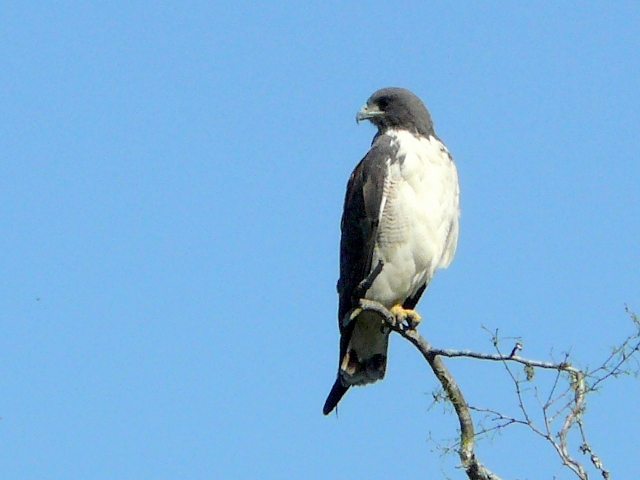
White-tailed Hawk. Photo by Bruce Smithson
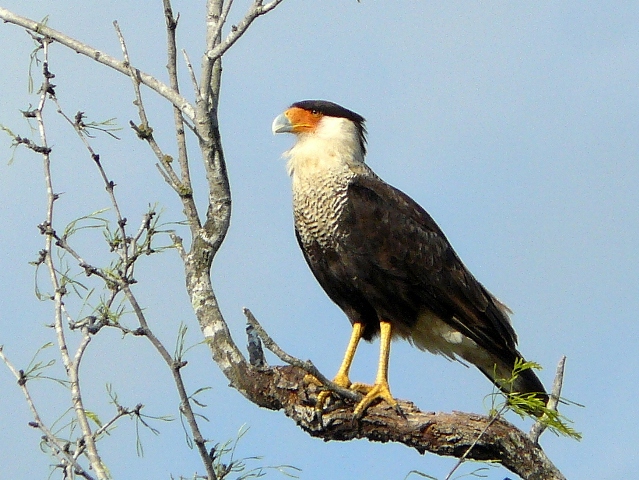
Crested Caracara. Photo by Bruce Smithson
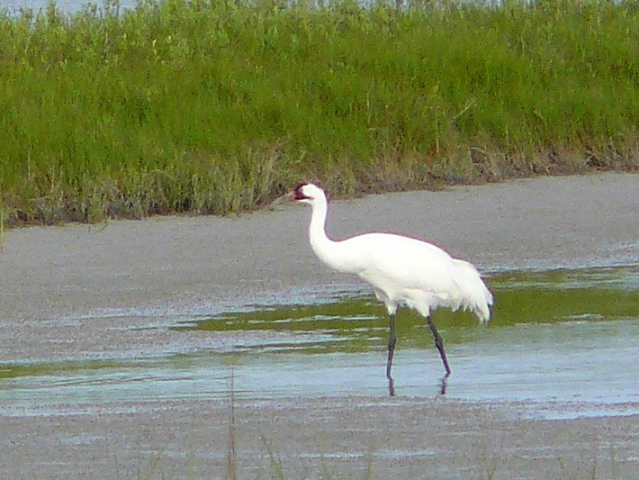
Whooping Crane. Photo by Bruce Smithson
Whooping Crane. Photo by Merrill Lester
American Golden-Plover. Photo by Merrill Lester
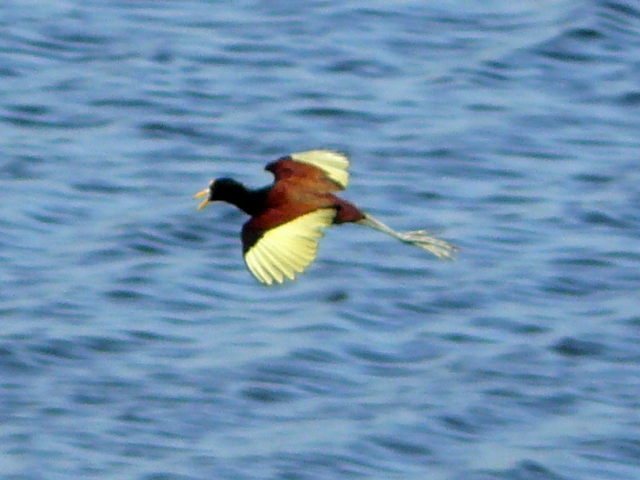
Northern Jacana. Photo by Bruce Smithson

Northern Jacana. Photo by Bruce Smithson
Northern Jacana. Photo by Merrill Lester
Upland Sandpiper. Photo by Merrill Lester
Upland Sandpiper. Photo by Merrill Lester
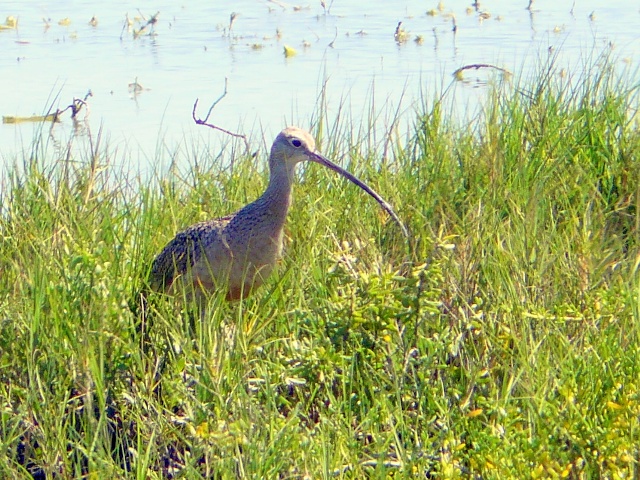
Long-billed Curlew. Photo by Bruce Smithson
Long-billed Curlew. Photo by Merrill Lester
Inca Dove. Photo by Merrill Lester
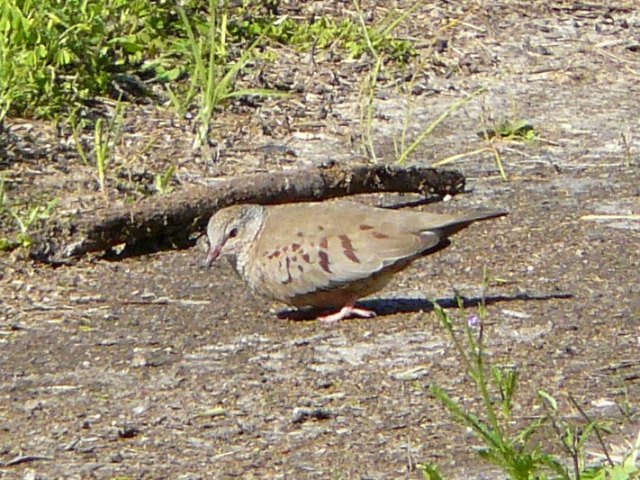
Common Ground-Dove. Photo by Bruce Smithson
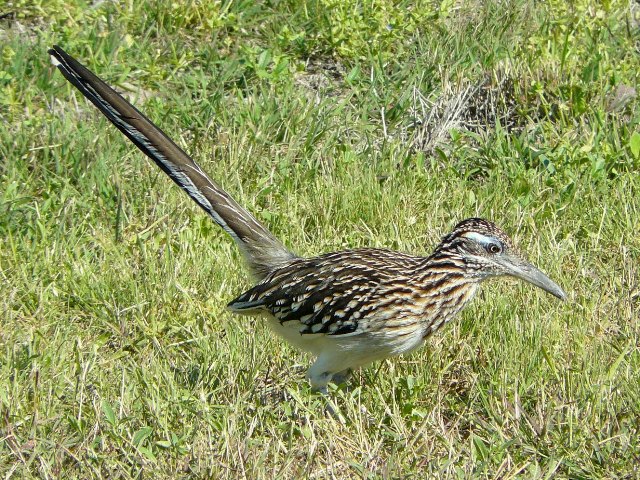
Greater Roadrunner. Photo by Bruce Smithson
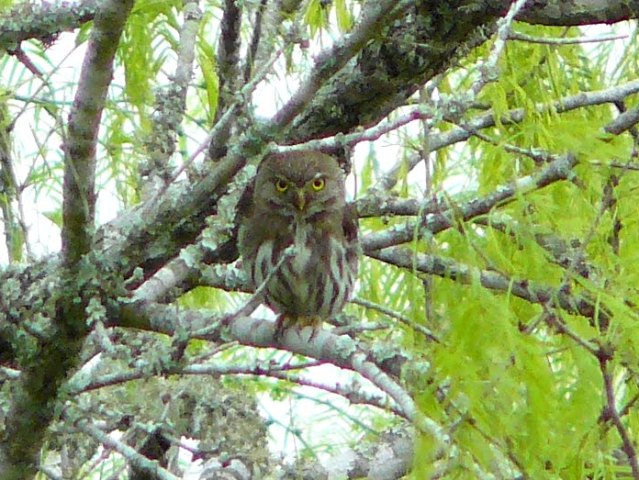
Ferruginous Pygmy-Owl. Photo by Bruce Smithson
Ferruginous Pygmy-Owl. Photo by Merrill Lester
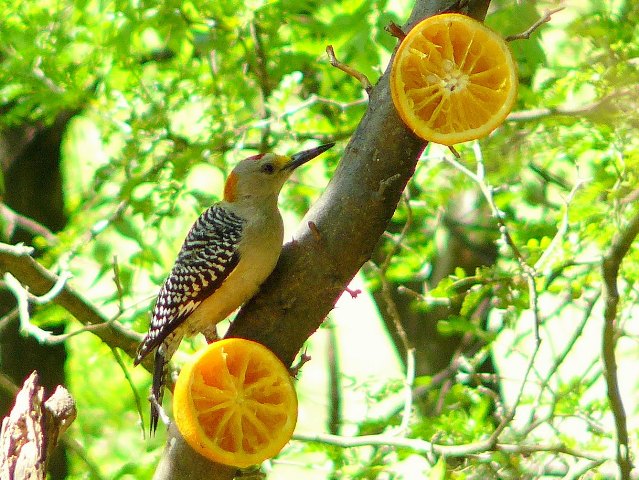
Golden-fronted Woodpecker. Photo by Bruce Smithson
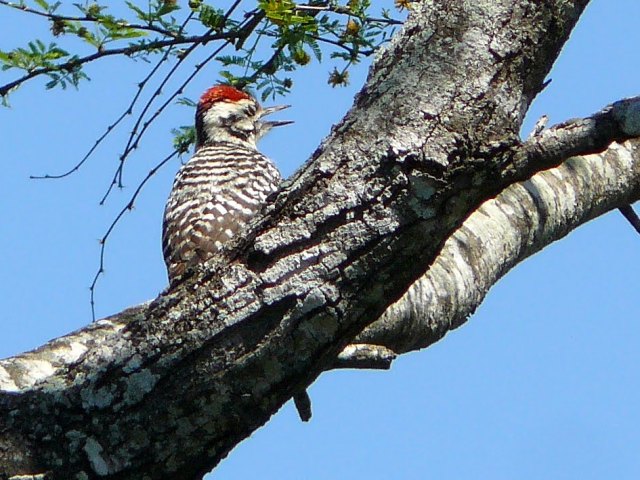
Ladder-backed Woodpecker. Photo by Bruce Smithson
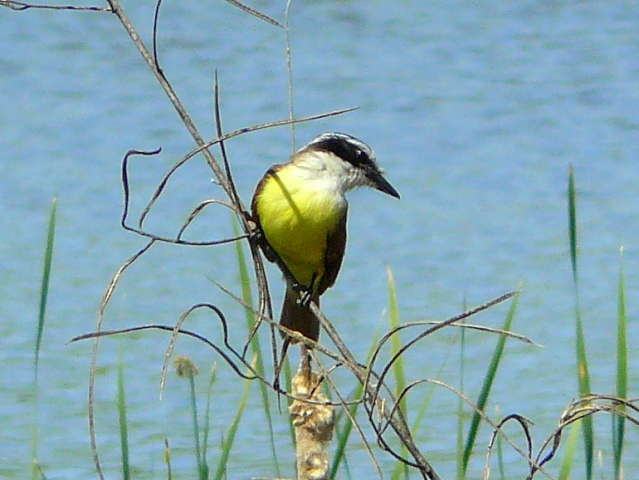
Great Kiskadee. Photo by Bruce Smithson
Couch's Kingbird. Photo by Merrill Lester
Scissor-tailed Flycatcher. Photo by Merrill Lester
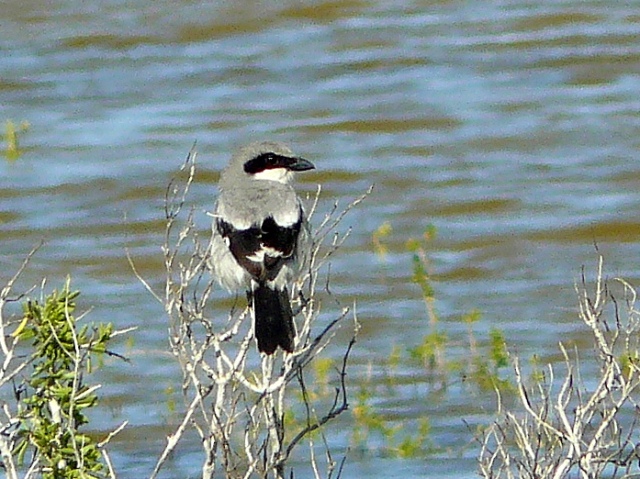
Loggerhead Shrike. Photo by Bruce Smithson
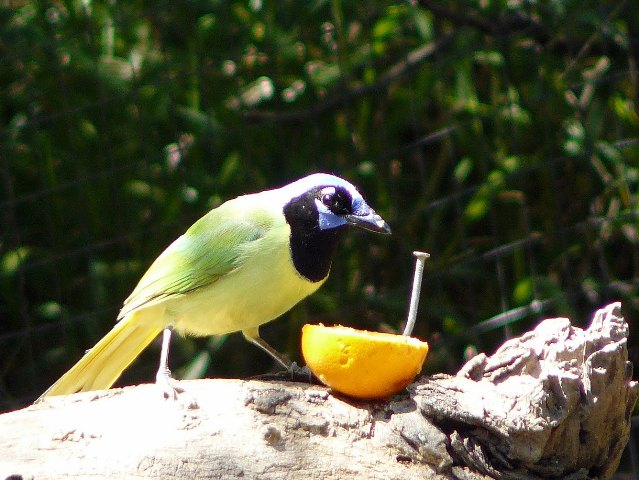
Green Jay. Photo by Bruce Smithson
Northern Wheatear. Photo by Merrill Lester
Long-billed Thrasher. Photo by Bruce Smithson
American Pipit. Photo by Merrill Lester
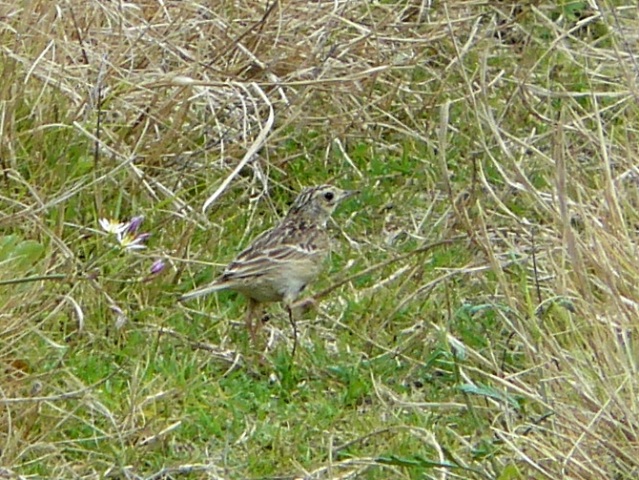
Sprague's Pipit. Photo by Bruce Smithson
Tropical Parula. Photo by Merrill Lester
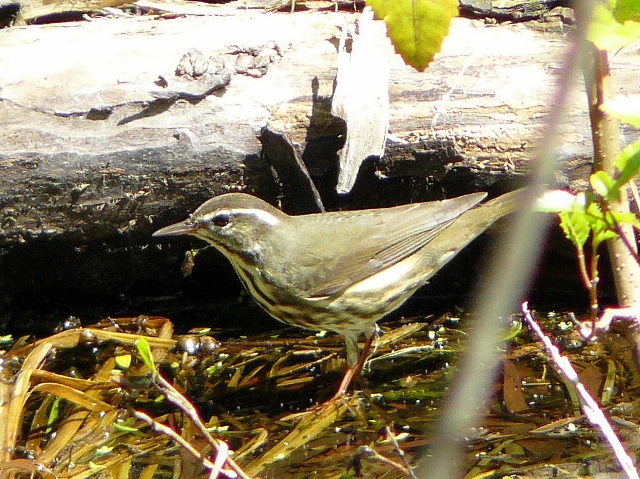
Louisiana Waterthrush. Photo by Bruce Smithson
Black-throated Sparrow. Photo by Merrill Lester
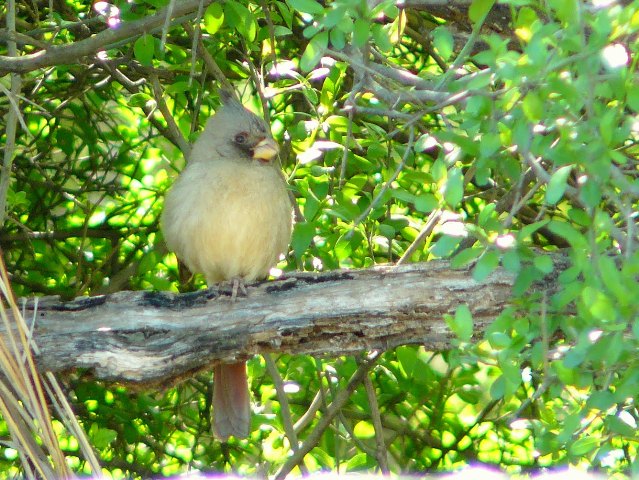
Pyrrhuloxia. Photo by Bruce Smithson
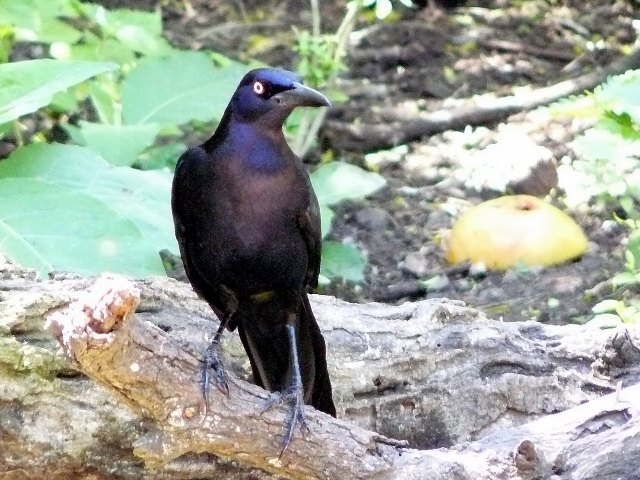
Great-tailed Grackle. Photo by Bruce Smithson
The group afield. Photo by Merrill Lester

